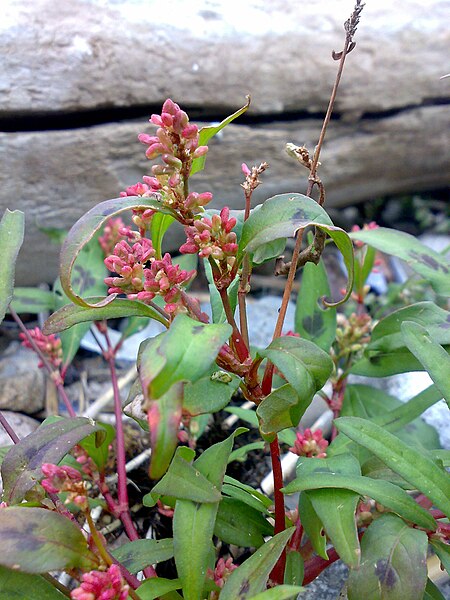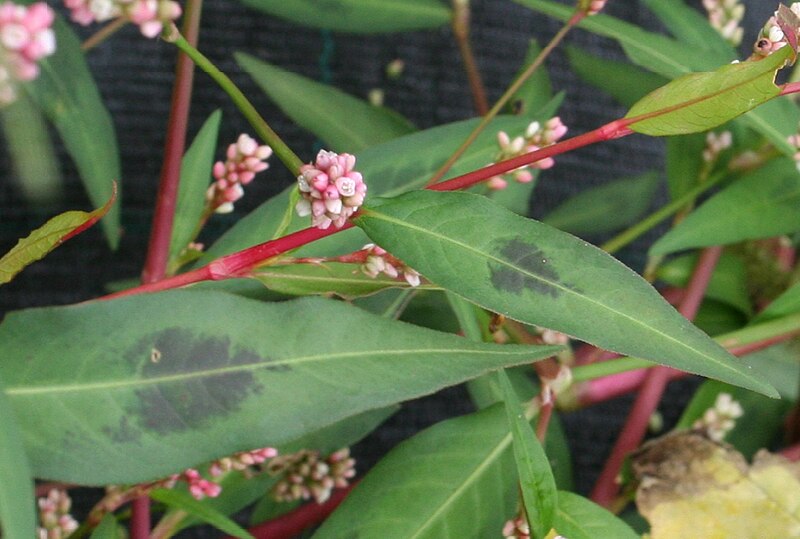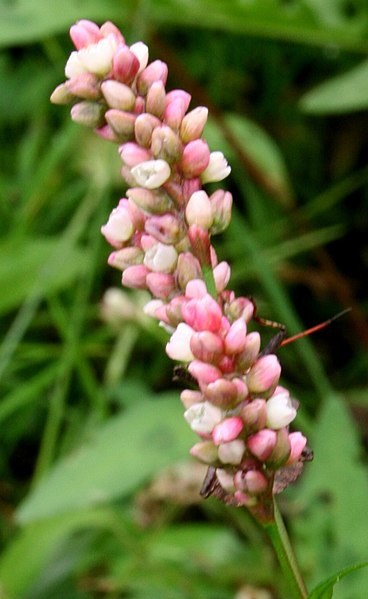Lady’s Thumb Identification – Polygonum persicaria
Heads up
Persicaria maculosa, often called Lady’s Thumb, is a common wild plant in North America. Originating from Europe, it has since made its home in various corners of the world. But what makes it stand out is its distinct feature: a mark on its leaves resembling a thumbprint. Lady’s Thumb comes from the Polygonaceae family, commonly called the Buckwheat family.
Lady’s Thumb: Key Parts in Photos



Where to find it
You’ll typically find Lady’s Thumb in areas that get some shade but can also endure direct sunlight. It loves moist, disturbed soil. So if you’re on a nature walk, keep an eye out near shorelines, ditches, or even in waste places and agricultural fields. Originally from Europe, this plant has made its way into various territories due to its adaptive nature and is often categorized as weedy.
How to identify Lady’s Thumb
The flowers rise in dense spikes, scientifically termed as ‘racemes’. These are basically elongated clusters where flowers are attached directly to the central stem. Lady’s Thumb’s racemes look almost like little towers of flowers that are mostly pink to deep purple. Each tiny flower has something called tepals. Tepals are structures that look like petals, but they’re a combination of petals and sepals. In Lady’s Thumb, you’ll usually find four tepals, but occasionally, there might be five.
The leaves of Lady’s Thumb are alternatively placed and simple in shape. What’s unique is that they often bear a dark blotch on the upper surface, as if someone left a thumbprint! These leaves can be narrow or broad, and if you slide your fingers along the edges, you won’t feel any teeth, but they might feel a bit rough or hairy.
The stems can be green or red, standing upright or sometimes sprawling out. If you find a Lady’s Thumb lying low, touching the ground, it might even put down roots at the nodes, where leaves meet the stem.
Lady’s Thumb has tiny, dry seeds. In botanical terms, this is called an ‘achene’. These achenes are disc-shaped and shine in shades of brown or black.
